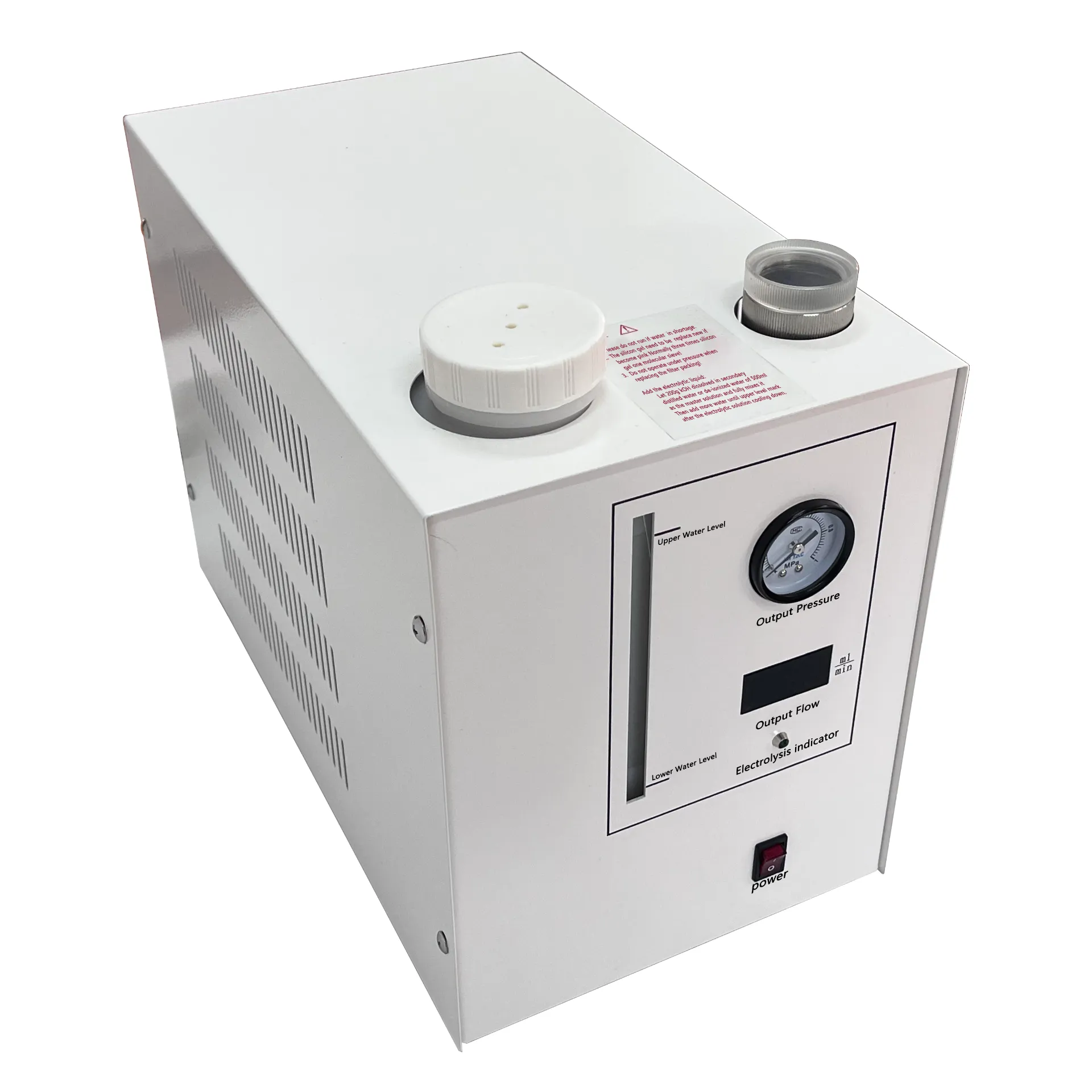 English
English


carrier gas in gas liquid chromatography
Carrier Gas in Gas-Liquid Chromatography
Gas-liquid chromatography (GLC) is a powerful analytical technique widely used for separating volatile compounds in a mixture. A vital component of GLC is the carrier gas, which plays a critical role in the overall efficiency and effectiveness of the chromatographic process. This article explores the significance of carrier gas in GLC, including its types, properties, and impact on the separation process.
The carrier gas serves as the mobile phase in gas-liquid chromatography, facilitating the transport of vaporized samples through the chromatographic column. The choice of carrier gas can significantly influence the separation's efficiency, resolution, and overall analysis time. Commonly used carrier gases include helium, nitrogen, hydrogen, and carbon dioxide, each offering unique characteristics that affect the GLC process.
Helium is one of the most widely used carrier gases due to its inertness and high thermal conductivity. Its low viscosity allows for faster elution of analytes, resulting in shorter analysis times. Additionally, helium produces a stable baseline in the detector, enhancing the detection of low-concentration compounds. However, helium is relatively expensive, prompting some laboratories to consider alternative options.
Nitrogen is another popular carrier gas, primarily favored for its cost-effectiveness and availability. While nitrogen is less efficient than helium in terms of separation speed, it still provides satisfactory performance for many standard applications in GLC. Laboratories that prioritize budget constraints often choose nitrogen, although they may need to adjust their method parameters to accommodate its higher viscosity and lower thermal conductivity compared to helium.
carrier gas in gas liquid chromatography

Hydrogen is gaining popularity as a carrier gas due to its high diffusivity, which facilitates faster analyte transport and improved separation efficiency. However, the use of hydrogen requires careful handling and specific safety measures owing to its flammable nature. When used correctly, hydrogen can significantly enhance the performance of GLC, making it a suitable choice for sensitive applications that demand rapid analysis.
Carbon dioxide has emerged as an innovative alternative in certain GLC applications, particularly in the chemical and food industries. As a supercritical fluid, carbon dioxide offers unique properties that can enhance selectivity and reduce solvent usage. Its tunability in phase behavior allows for targeted separations, making it an appealing choice for specific compounds and matrices.
In addition to the type of carrier gas, its flow rate is a crucial parameter that impacts the chromatography process. A higher flow rate can speed up analysis but may compromise resolution, while a lower flow rate can improve separation at the cost of longer analysis times. Optimizing the flow rate is essential for achieving an ideal balance between quick analysis and resolution.
In conclusion, the choice of carrier gas in gas-liquid chromatography is a fundamental aspect that affects the resolution, speed, and efficiency of analyte separation. With options like helium, nitrogen, hydrogen, and carbon dioxide, each with its own advantages and disadvantages, the selection of carrier gas should be tailored to the specific requirements of the analytical method and the nature of the samples being analyzed. Understanding the role and implications of carrier gas will ultimately contribute to the successful application of gas-liquid chromatography in various scientific fields.
-
Differences between open cup flash point tester and closed cup flash point testerNewsOct.31,2024
-
The Reliable Load Tap ChangerNewsOct.23,2024
-
The Essential Guide to Hipot TestersNewsOct.23,2024
-
The Digital Insulation TesterNewsOct.23,2024
-
The Best Earth Loop Impedance Tester for SaleNewsOct.23,2024
-
Tan Delta Tester--The Essential Tool for Electrical Insulation TestingNewsOct.23,2024





